Are you tired of feeling like your elbows are screaming for mercy every time you lift weights? Well, fear not my fellow gym-goers, for I have delved into the scientific abyss to uncover the mysteries behind weight lifting elbow pain. Get ready to flex your brain muscles and lift your understanding of this pesky ailment to new heights. Spoiler alert: there may be a hint of sarcasm and a sprinkling of bad puns along the way, but hey, that’s just how I curl.
Contents
- 1 1. Understanding the Anatomy of the Elbow in Weight Lifting
- 2 2. The Common Types of Weight Lifting Elbow Injuries and their Causes
- 3 3. The Role of Poor Technique in Elbow Pain during Weight Lifting
- 4 4. The Biomechanics of Weight Lifting and Elbow Stress
- 5 5. Prevention and Treatment Tips for Weight Lifting Elbow Pain
- 6 In Conclusion (Lift with Care!)
1. Understanding the Anatomy of the Elbow in Weight Lifting
In order to lift weights and build those biceps, it’s important to understand the anatomy of the elbow. First off, we have the humerus bone. No, this isn’t a funky new diet, it’s just the bone that runs from your shoulder to your elbow. Next up, we have the ulna and radius bones. These babies make up the lower arm and help with those subtle movements that separate you from the big, burly guys in the gym.
But wait, there’s more! The elbow isn’t just bones, it’s also got those lovely little muscles. The triceps, biceps, and brachialis are the main players in the elbow game. They work together to flex and extend the arm, allowing you to lift weights to your heart’s desire.
Of course, let’s not forget about that pesky little thing called the joint. The elbow joint is where all the magic happens. It’s what allows you to move your arm in all those fun ways that make lifting weights such a joy. So next time you hit the gym, take a moment to appreciate your elbow’s anatomy. It’s what’s going to get you those killer guns!
- Bones: humerus, ulna, radius
- Muscles: triceps, biceps, brachialis
- The elbow joint is where the magic happens

2. The Common Types of Weight Lifting Elbow Injuries and their Causes
Elbow injuries can be a real bummer. If you’re into weight lifting, you might have experienced some elbow pain or discomfort. Here are some of the most common types of weight lifting elbow injuries and their causes:
- Tennis Elbow: Despite the name, you don’t have to be Rafael Nadal to get this injury. It’s caused by overusing the forearm muscles that extend the wrist and fingers, resulting in pain and tenderness on the outside of the elbow.
- Golfer’s Elbow: Again, you don’t have to be Tiger Woods to experience this type of injury. It’s caused by overusing the forearm muscles that flex the wrist and fingers, resulting in pain and tenderness on the inside of the elbow.
- Ulnar Nerve Entrapment: This is a fancy way of saying you’ve got a pinched nerve. It happens when the ulnar nerve, which runs from the neck to the hand, is compressed or irritated. Symptoms include numbness, tingling, and weakness in the hand and fingers.
So, how do you prevent these injuries from happening? Here are some tips:
- Warm-up: Do some light cardio and dynamic stretching before lifting weights to get your blood flowing and muscles warm.
- Proper Form: Make sure you’re using proper form and technique when lifting weights to avoid putting unnecessary strain on your elbows.
- Don’t Overdo It: Avoid overtraining and listen to your body. If you start to feel pain or discomfort, take a break and rest.
Remember, elbow injuries can be a pain in the… well, elbow. But with the right precautions and care, you can lift weights without fear of injury and keep those gains coming.
3. The Role of Poor Technique in Elbow Pain during Weight Lifting
Now, let’s talk about what we all already knew but never actually wanted to hear: poor technique is a major contributor to elbow pain during weight lifting.
When you try to curl a weight that is stronger than your arm, you are inevitably putting a ridiculous amount of stress on your elbow joints. And don’t even get me started on jerking the weight around like you’re trying to summon demons from another dimension.
So, what’s the solution? Well, for starters, take a step back and focus on your form. Engage your core, keep your elbow tucked, and lift with your biceps, not your ego (which is undoubtedly more fragile and susceptible to injury than any other part of your body).
- Avoid over-gripping: Are you holding the bar too tightly? Loosen up and let your wrists rotate naturally to prevent undue pressure on your elbows.
- Warm-up: A proper warm-up prepares your mind and body for the impending workout and decreases your chances of sustaining an injury.
- Stretch: Stretch your forearms and wrists before and after every weight-lifting session to maintain your flexibility and promote healing.
4. The Biomechanics of Weight Lifting and Elbow Stress
Weight lifting is a serious business, but did you know that the biomechanics of lifting weights can be quite humorous? For instance, the position of your elbows during weight lifting exercises can play a major role in elbow stress. Let’s take a deeper dive into this phenomenon.
First off, it’s important to note that elbow stress can occur when the elbows are fully extended during lifting exercises. This can happen when performing exercises like tricep extensions or overhead presses. So, what’s the solution? Keep a slight bend in those elbows, my friends! This will help distribute the load evenly and alleviate unnecessary stress.
Another key factor in reducing elbow stress during weight lifting is to avoid sudden or jerky movements. This means avoiding swinging the weights or using momentum to get them up. Instead, focus on controlled movements and maintain proper form. Your body will thank you for it in the long run (and so will your elbows!).
So, there you have it folks. The biomechanics of weight lifting and elbow stress can be quite fascinating! Just remember to keep those elbows slightly bent, avoid sudden movements, and stay in control. Your elbows will thank you for it, and you’ll be on your way to lifting like a pro in no time!
5. Prevention and Treatment Tips for Weight Lifting Elbow Pain
The dreaded elbow pain from weight lifting can be a real pain in the, well, elbow. Here are some prevention and treatment tips that will have you back in action in no time:
Prevention Tips:
– Warm up before lifting. Stretch your arms and shoulders to get the blood flowing to your muscles.
– Use proper form when lifting. Don’t overextend your arms or lock your elbows.
– Don’t bite off more than you can chew. Start with lower weights and gradually increase as your strength improves.
– Take breaks between sets. Give your muscles a rest between exercises to prevent overuse.
– Wear elbow sleeves. They might make you look like a superhero, but they’ll also provide extra support for your joints.
Treatment Tips:
– Rest it out. Take a break from lifting until your elbow pain subsides.
– Ice it. Apply ice to your elbow for 15-20 minutes a few times a day to reduce swelling and inflammation.
– Pop some pain relievers. Over-the-counter pain medication can help alleviate some of the pain.
– Try physical therapy. A physical therapist can help you strengthen the muscles surrounding your elbow to prevent future injuries.
– Don’t give up. Just because you’re experiencing elbow pain now doesn’t mean you have to give up lifting altogether. Keep at it, and take care of your body along the way.
Remember, prevention is key but if you do end up with elbow pain, don’t worry. With some rest, ice, and TLC, you’ll be back in the gym in no time. Don’t let a little elbow pain get in the way of your gainz!
In Conclusion (Lift with Care!)
So, there you have it folks – science has officially ruined your excuse to skip the gym. But rest assured, elbow pains and weight lifting are not mutually exclusive. By following proper techniques and listening to your body, you can lift without feeling the burn (in a bad way).
So remember, don’t be a show-off and always warm-up before each workout. And if you’re feeling any sort of discomfort, don’t push it! Trust us, no one’s going to judge you for taking it easy.
Now go ahead, lift those weights (but not before doing some stretches) and show those elbow pains who’s boss.

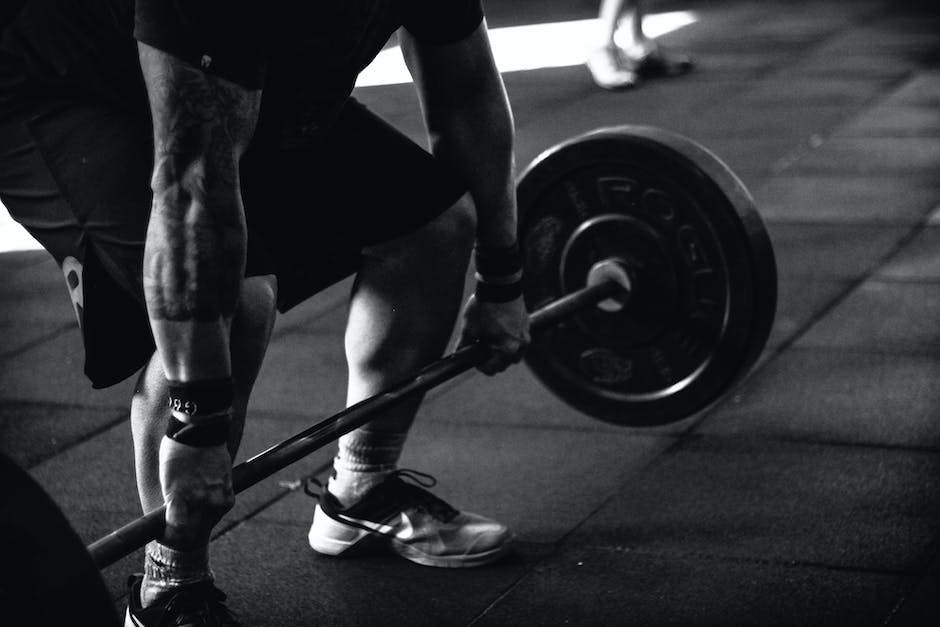
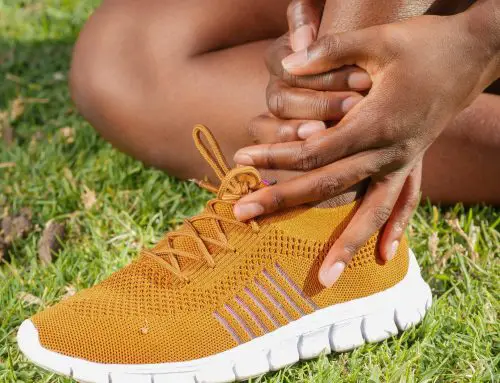
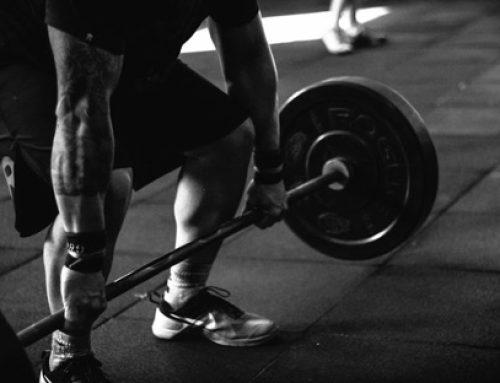
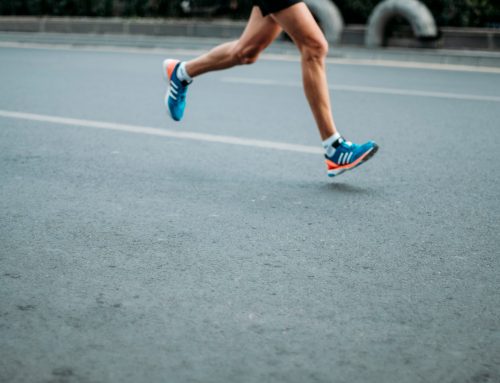
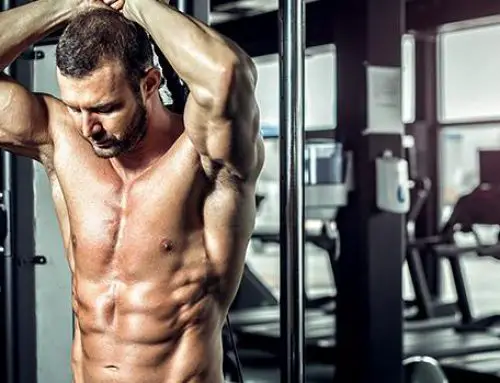

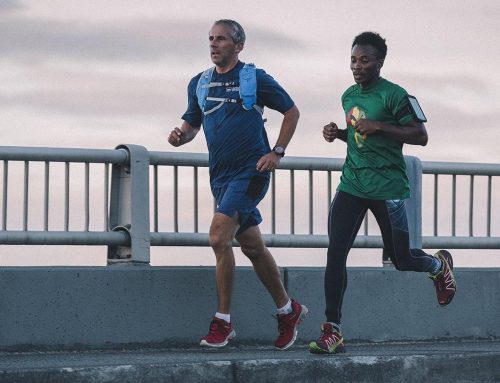
Leave A Comment